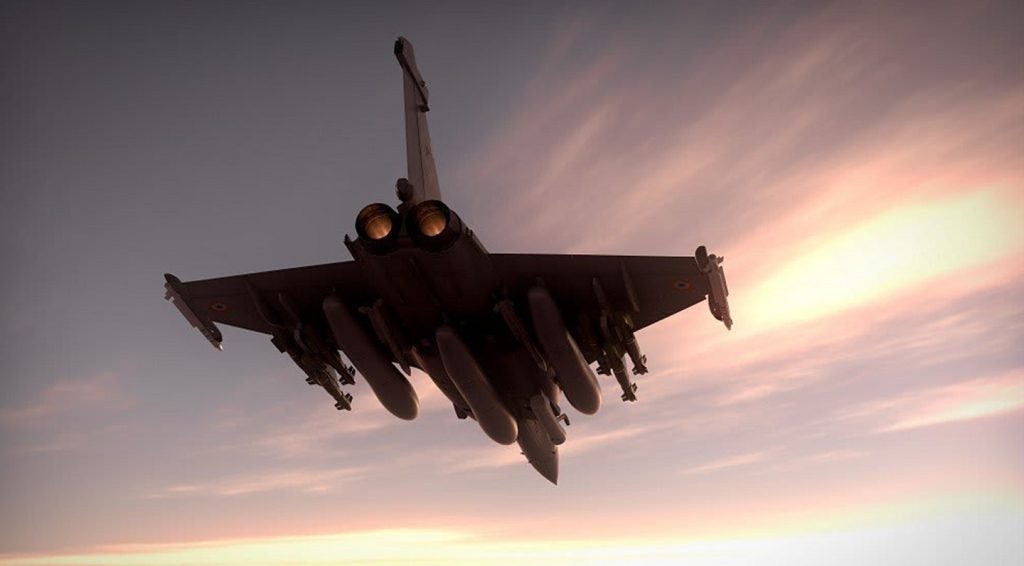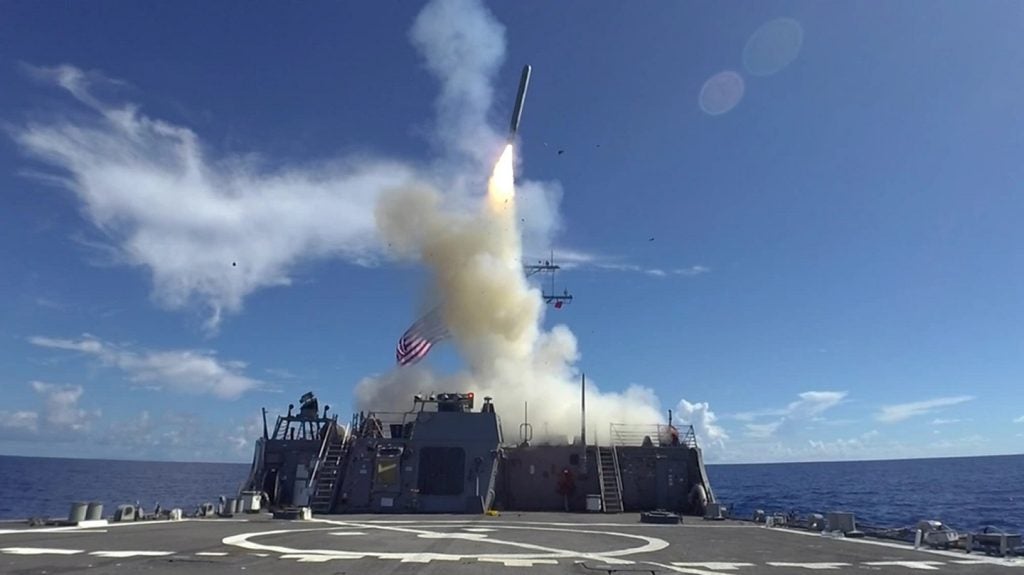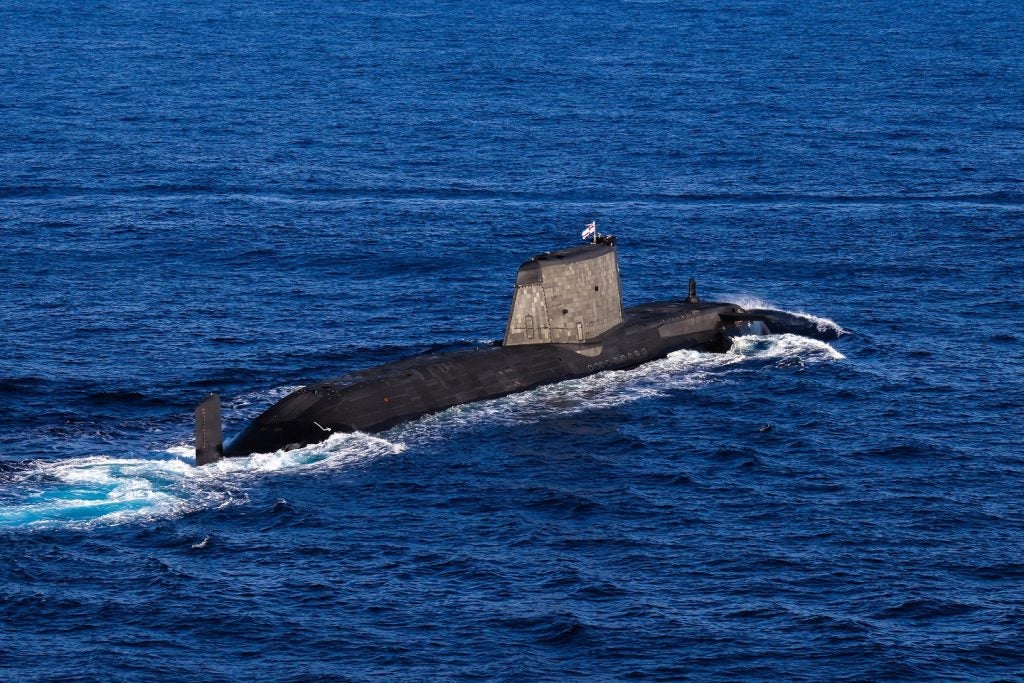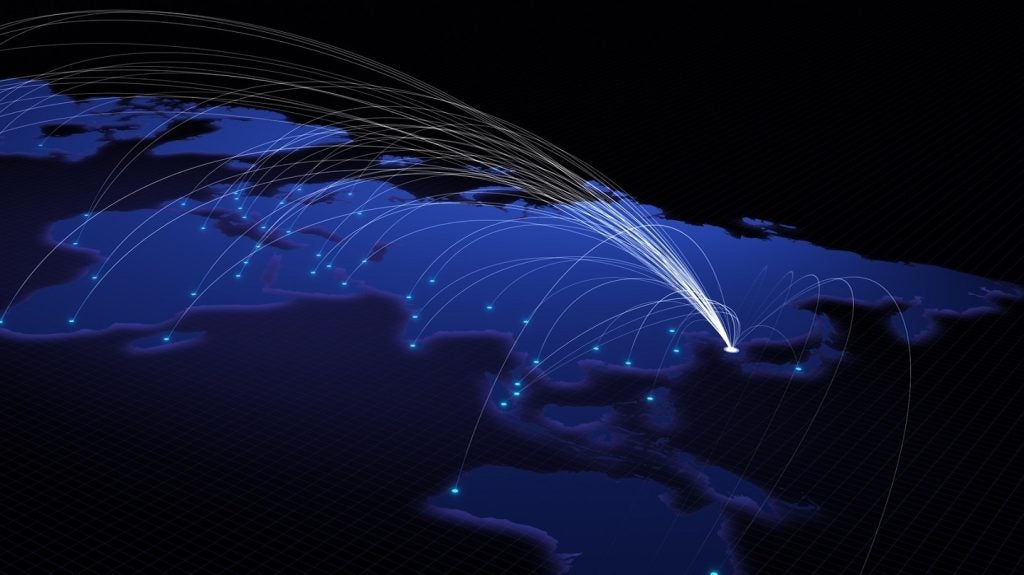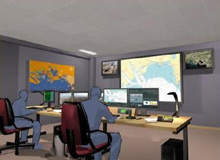
The seaborne terrorist attacks on Mumbai during November 2008 were a wake up call to some but to others they were a disaster waiting to happen. While some port operators like have been strict on deploying the most stringent of measures, others have been lagging behind on port security. But now one port security project SECMAR (Secretaría de Marina), instigated by the French General Directorate for Enterprises (DGE) and promoted by the PACA region (Provence-Alpes-Côte d’Azur) maritime cluster in the South of France, is acting as a commercial model for all ports worldwide.
A multi-sensor system
SECMAR aims to ‘develop an innovative multi-sensor system to protect the integrity of a civil or military harbour or economically vital plants’. Budgeted at around €13m, SECMAR is a two-phase project with Thales at its helm.
The first stage started in December 2006 and ended in January 2008 while phase two began on 2 June 2008 and is scheduled to run for 30 months; the lion’s share of the budget, €8.2m, is allocated the important second phase.
How well do you really know your competitors?
Access the most comprehensive Company Profiles on the market, powered by GlobalData. Save hours of research. Gain competitive edge.

Thank you!
Your download email will arrive shortly
Not ready to buy yet? Download a free sample
We are confident about the unique quality of our Company Profiles. However, we want you to make the most beneficial decision for your business, so we offer a free sample that you can download by submitting the below form
By GlobalDataSECMAR’s programme manager Bruno Charollais says phase one was all about defining the threats the navy has to face. “In order to define these threats we organised a working group with navy experts, former special forces and experience from the SOBCAH (surveillance of borders coasts and harbours) project,” Charollais says. Phase one revealed to SECMAR that threat priority is not the same for the protection of military and civilian assets, “For example, for a military asset we will focus more on the underwater intruders (such as divers) or tracking intelligence activities.”
See Also:
With such a focus, for example, SECMAR’s system could raise an alarm before an attack such as that which occurred in Mumbai because of its ability to track and interpret the behaviour of fast small boats.
SECMAR conducted its first experiments in the Port of Marseilles and it is to the same port that SECMAR will return to deploy its system within a 5km diameter navigation zone during phase two. The system will combine “sonar, radar and electro-optic sensors for detecting asymmetric waterborne threats for a specific area above and underwater,” says Charollais. It is also expected that the system will be able to raise an alarm within three to five minutes of detecting abnormal behaviour in the zone.
Thales is working collaboratively with medium and small-sized companies on the SECMAR project, which includes 19 partners for phase one and 13 for phase two. “In a specific domain this collaborative approach is crucial. For example, one of the most famous engineering schools in France, the Ecoles des mines de Paris will define one of the most important modules of the system for us, the behaviour analysis module,” Charollais says. “SECMAR is a nest of new technologies. At the heart of the system the partners are using innovative components.”
SECMAR technologies
The new electro-optic system will use cameras based on original Caladium technology deployed by Bertin Technology. For radar, Thales surface radar will provide, in partnership with the Japanese company Furuno, a new concept in coastal radar fitted with ‘very specific’ radar processing which can detect any intrusions in the coastal areas with a radar cut section (RCS) below a square metre.
“This kind of RCS fits a signature of a small fast boat with one person on board,” Charollais says.
For communications, the project will be deploying a new concept in wireless technology to provide secure capability to communicate between the shore centre and mobile interception units (based on WiMAX (wireless interoperability for microwave access technology).
Thales Underwater Systems will provide a new concept of passive sonar based on a matrix of hydrophone, fitted with specific processing to allow detections in noisy environments.
Cost is always an issue so SECMAR is planning to use commercial off-the-shelf technology (COTS) computers for its processing activity. And integration of legacy systems is important too. “SECMAR will be a scalable system and able to integrate any legacy systems already deployed on site. For the Port of Marseille we are going to take into account existing radar, GPS (global positioning system) and AIS (automatic identification system),” says Charollais.
Even command and control (C2) has been factored in – a new C2 for SECMAR based on experience with combat systems within the Thales naval division. “Thales will also be leveraging its experience with legacy systems from its new Germany-based Thales maritime security and safety international (TMSS) branch which has particular experience with vessel traffic systems (VTS). The SECMAR’s system architecture will be upgradeable and expandable and capable of integrating existing external legacy systems.
Systematic introduction
Charollais’s vision of a completed SECMAR system is in stages. “First,” he says, “is to provide the best appropriate set of sensors, to detect any intrusion, above and under water. That is not easy, especially in very shallow water. It is a big challenge. The second stage, is when we have the elementary detection is to process those detections from different kinds of sensors (radar, sonar, AIS and EOS (electro-optical sensor) to provide, after fusion, a system track.”
The final stage is to develop two modules that can determine if a system track is a threat, “one we call multi sensors track (MST) based on fusion and multi-decision criteria, the second one is the behaviour analysis module (BAM). This second module based on deterministic and statistical approach, will have the capability to make an analysis of the behaviour of a track and to say if the track is a threat or not,” says Charollais.
SECMAR intends to deploy a system in the Port of Marseilles in 2010 for six months.
Lessons learned from that deployment should lead to Thales’s ability to develop similar systems for other locations, “It is our main intention to have a commercial system after SECMAR, “says Charollais. “We will take the best of the system and with our partners develop a worldwide product.”



